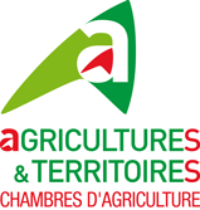Document type : article published in Le Monde (subscriber edition)
Author: Caroline Rousseau
Preview: These domestic animals, who produce the fiber for non-synthetic sweaters and coats, are the victims of cruel practices, especially in Australia. Having been widely warned by welfare groups, the clothing industry can no longer close its eyes to abuse.
The word that is frequently used for the abuse is a strange one that comes from the name of the inventor of the practice, the Australian John Hawkes William Mules. The term "mulesing" conceals a bloody reality that has led to the broadcast of horrific videos by animal protection groups. We see men cutting the skin around the anus of young sheep, who are often suspended with all four legs in the air by a machine. The sharp shears, animals trapped on their backs, cries of distress and pain before, during and after, lacerated flesh, cauterized or just left, the fear that fills the lambs awaiting their turn - the whole process is shocking.
Merino sheep, whose rams grow spiral horns, are fabulous animals that over time, through selection and genetic mutation, have been turned from wild animals (mouflons) into domestic mammals that can provide beautiful wool, good meat and milk (in the case of the ewes, of course). Because their long and fine fleeces are particularly suitable for spinning, humans have sought to optimize the yields of these animals: the more skin they have, the more wool they supply.
Protecting the sheep from parasites
For this reason, a merino sheep's skin is full of folds. In Australia, where the breed is king, 70 million sheep live in almost total freedom across an area of 7.7 million square kilometers, compared with just 25.7 million human inhabitants. A long way from the images we have of intensive farming where animals are crammed on top of each other, this expansive form of Australian livestock farming allows its herbivores to feed and drink as they choose ... but also to be attacked by blowflies, which like to lay their eggs in the folds of merino sheep, especially on their hindquarters.
Once hatched, the eggs turn into larvae that devour the flesh of the mammals forced to serve as their hosts, causing excruciating suffering and even death if action is not taken quickly. [end of text available to non-subscribers].





